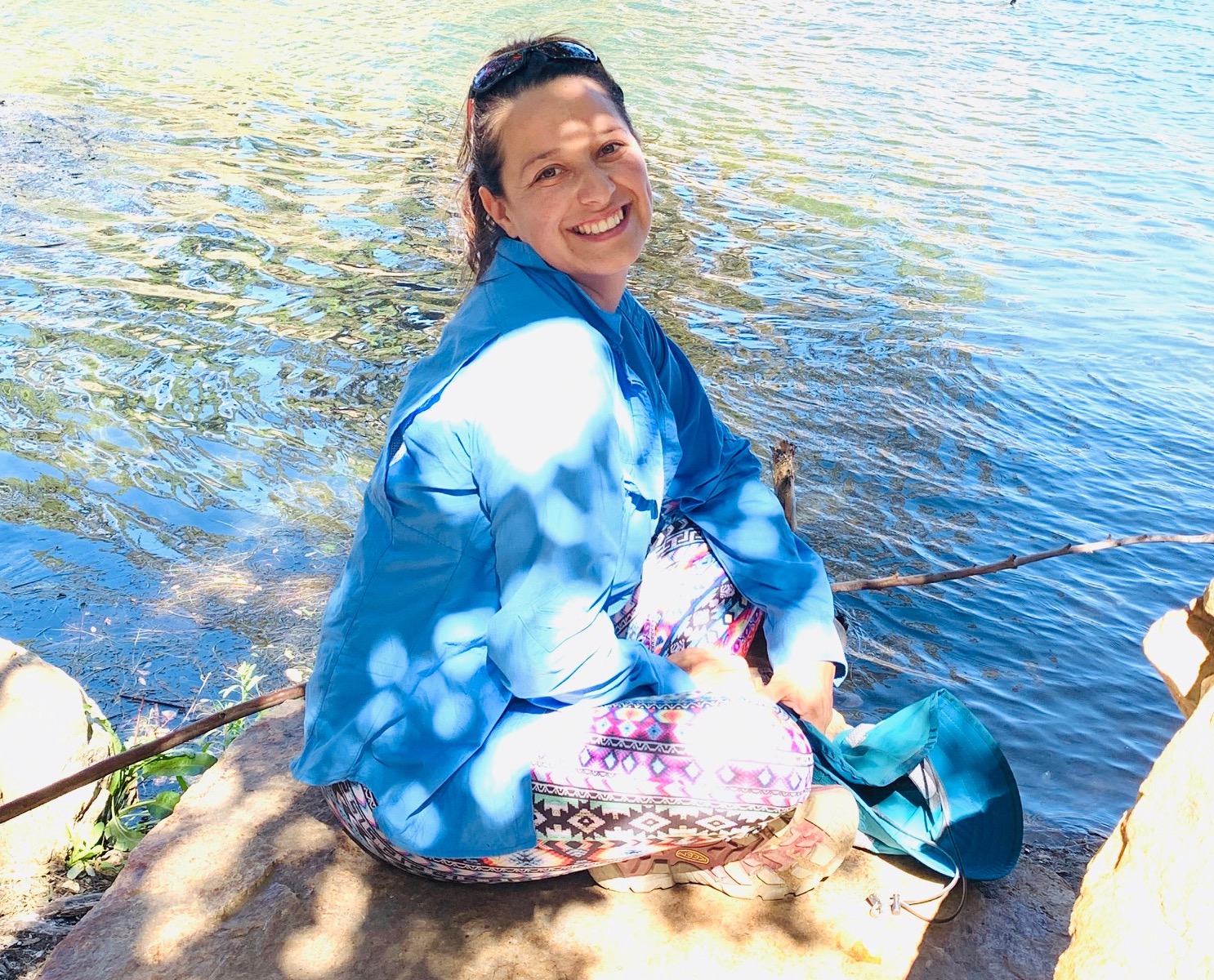All Trails Closed Until Further Notice!
The Shot Hole Borer + Fusarium Dieback: A New Pest Complex in Southern California*
For about the past four years now there has been a silent wave of devastation working its way through the wooded areas of San Diego County. First reported in LA Country back in 2003, the Polyphagous Shot Hole Borer (PSHB) is a non-native invasive borer beetle believed to originate from SE Asia. In San Diego County, the PSHB’s evil twin, the Kuroshio Shot Hole Borer (KSHB), has decimated the Tijuana River Valley; “the damage to willows has been extensive, massive and quick.”[1] Unfortunately, while research is underway, there is no known cure or treatment.
The Escondido Creek Conservancy (TECC) was alerted to a rapid die back of willows on private property in Elfin Forest by an active trail user. We have sent samples to the lab for confirmation but a biologist specializing in KSHB has been to the site and identified affirmative signs. With an abundance of caution, we are working with property owners, biologists and entomologists to pull every tool out of our tool kit to limit the spread, including closing trails and preserves until further notice.
According to the Eskalen Lab at UC Riverside, the shot hole borer beetle is known to infest 137 suitable tree species including willows, oaks and sycamores. The beetle also infects important agricultural crops like avocados. Along with the direct physical damage the beetle causes by chewing into the tree, it also brings with it a fungus called Fusarium Dieback (FD) which according to the Eskalen Lab “stops the flow of water and nutrients in suitable host tree species, which can lead to the death of individual branches or, in severe cases, the entire tree.”[2] This same fungus is carried on boots, hoofs, tires and on equipment used to trim and cut wood, potentially helping to spread the infestation.
Responses to date have focused on identifying and documenting infested sites and stopping the movement of firewood, to stop the movement of beetles and fungus. It is extremely important to not cut or move wood anywhere and to stay out of infected areas as your movement could be helping to spread the infestation. Research is underway which we hope will lead to stopping the beetles’ advancement. TECC is connected to a network of scientific organizations working together to disseminate information about the KSHB.
Should the KSHB beetle attack the Escondido Creek watershed to the same degree as has occurred in the Tijuana River Valley, the devastation would be astronomical. The place we know and love would no longer exist. Stopping the spread is of utmost importance if we are going to protect the natural resources of this region. We appreciate your understanding and thank you for respecting these trail closures.
We will post updates on our website as we learn more, www.escondidocreek.org.
Thank you for caring about this beautiful place.
[1] John Boland, Ph.D., presentation before the San Diego Regional Water Quality Control Board, February 25, 2016.
[2] Eskalen Lab, UC Riverside
*With thanks to the Eskalen lab for their tireless work to identify and counter this serious pest.




